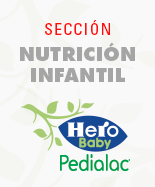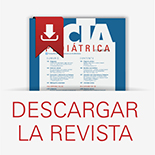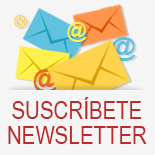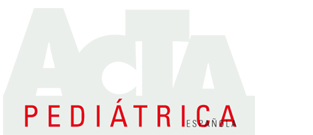Publicado en
Originales
Accidentes cerebrovasculares isquémicos neonatales: revisión casuística de los últimos 20 años
Neonatal ischemic cerebrovascular strokes: review of patients in the last 20 years
L. Ochoa Gómez1, D. Royo Pérez1, A. Mateo Ferrando1, S. Ruiz Escusol1, S. Torres Claveras1, P. Samper Villagrasa2, J. López Pisón3, V. Rebage Moisés11Unidad Neonatal. Hospital Universitario «Miguel Servet». 2Unidad Neonatal. Hospital Clínico Universitario «Lozano Blesa». 3Unidad de Neuropediatría. Hospital Universitario «Miguel Servet». Zaragoza















